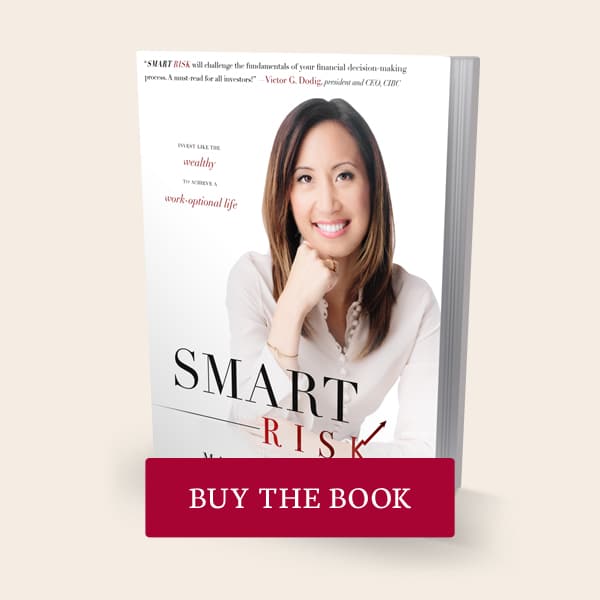
It’s was back to school season for Canadian families in September, and many clients are sending their children to university or college for the first-time. According to Statistics Canada, the average tuition fees are close to $6,000 per year, but additional living expenses easily add up to double or triple that amount.
A new CIBC poll finds out how Canadian parents plan for their children’s education, how well they know the rules and benefits of RESPs, and how they deal with the sticker shock once they find out about the real cost of their children’s education.
I was invited onto CBC Radio Station to discuss the results of the CIBC poll and to help parents make a smart decision now so that they can avoid sticker shock later when their children are ready for university or college.
Here are two things to consider:
The Registered Education Savings Plan (RESP) can be a good way to take advantage of the $500/year Canadian Education Savings Grant (CESG) that exists whereby the Canadian government matches 20% of your annual RESP contribution up to a maximum of $500 per year (i.e. you contribute $2500 and the government gives you $500), however there are many restrictions around the use of those funds for qualified institutions in the future.
Another option is the Tax Free Savings Account (TFSA), that came about in 2009. This TFSA can be a more flexible way to grow your money tax-free, for the purpose of using it for your child’s education also. In fact, while the TFSA does not give you the $500 grant, the money in a TFSA does grow and compound tax-free every year, and you have full flexibility to use the funds for whatever purpose you choose. This means that you could change your mind and use the money toward your child’s first down-payment on a house, education, or helping them start their own savings and investment plan for retirement! And, when your child becomes the age of majority, they too can open their own TFSA, and begin the healthy habits of saving and investing for their own future.
Interested in learning more about the Smart Risk Approach to Investing? My Smart Risk team and I, will be hosting an exclusive Vancouver Event that will bring together an expert financial panel on November 2, 2016 from 5pm – 7pm that will offer a wealth of knowledge, insight and strategies in alignment with the Smart Risk principles of providing resourceful strategies and encouraging diversity of thought to support a constant state of evolution.
This exclusive Vancouver event: Volatility is Back – How to Navigate the Fear and Uncertainty using a Smart Risk Approach features a panel of three experts, moderated by bestselling author and finance expert Maili Wong, who will provide insight and actionable ideas on:
- How to come out ahead of the US Elections
- The Art and Science of investing in volatile markets
- Disruption and Innovation in the ETF industry
Although seating is limited, we have reserved a select number of seats for friends like you who might be new to the Smart Risk Approach.
Click here to apply for a complimentary seat to the event.
Please note that applying does not mean a seat is guaranteed. Apply here today.





